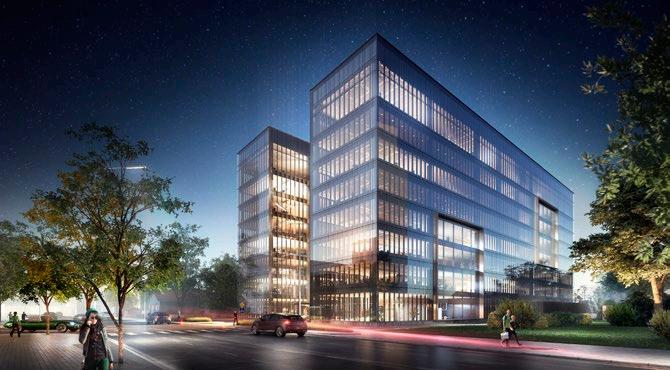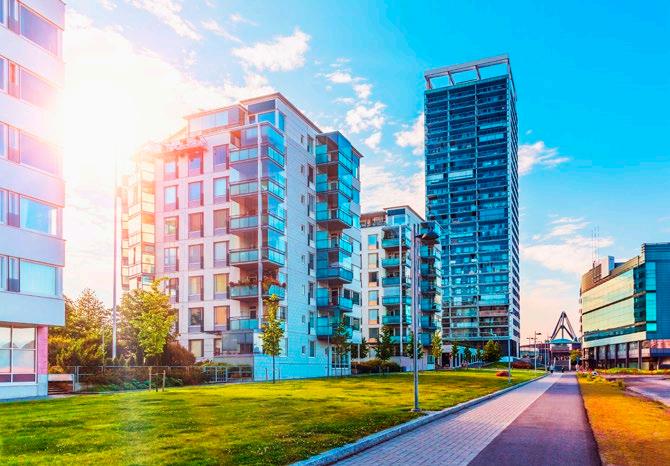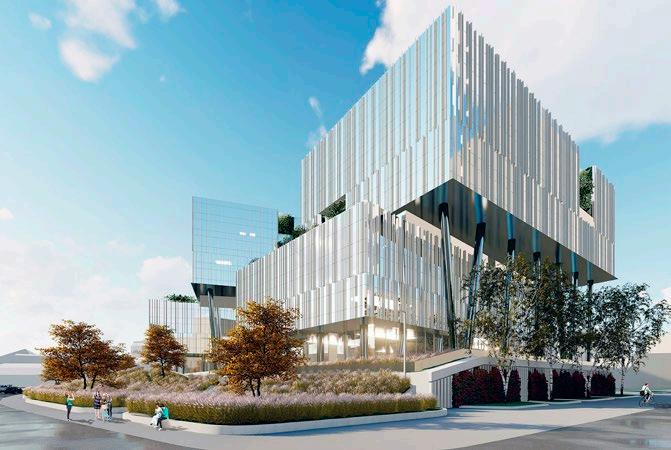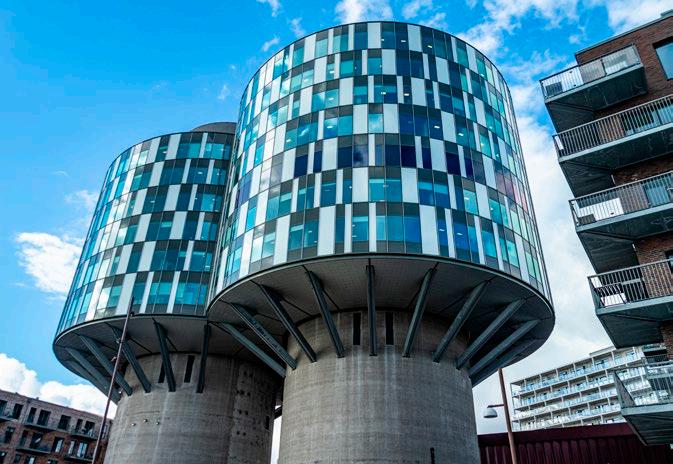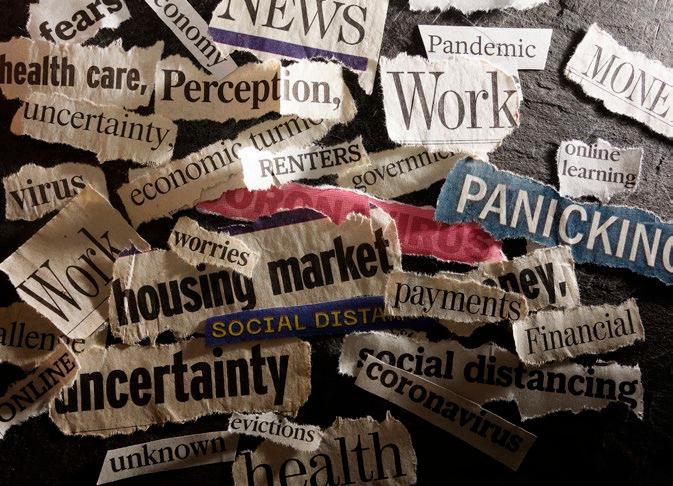
5 minute read
The Norwegian Property Market
THE NORWEGIAN PROPERTY MARKET AND SO CAME THE BLACK SWAN
As years have gone by and markets have steadily reached new highs, many have asked themselves »how long can this last« and »what will the next black swan event be?«? These kinds of questions are difficult to answer until it is too late, but in the first half of 2020 the black swan arrived – in the form of covid-19. The Norwegian economy has fared well in the wake of covid-19, and the economy is expected to decline by 4.6% in 2020, which is among the lowest rates of decline in Europe. Norway’s unemployment rate has risen to slightly under 5% in the wake of covid-19, from a pre-covid level of around 2.3%, which is also a fairly minor increase. Norway continues to outperform the European
average in terms of its macroeconomic stability.
The outlook for Norwegian real estate remains strong in 2020. Real estate players with properties that have solvent tenants, long contracts and core locations will be the ones that perform best during this period. The long horizon for investment in commercial real estate is now proving to be a strength, where players can wait with making decisions until the market returns to normal in the long-run. Prospects are worse for those who have to sell in today's market. Many players now expect a discount because of the current uncertain situation, creating a vacuum where buyers and sellers are
Photo: Shutterstock
some distance apart.This will result in fewer transactions in 2020 than in the last 5–6 years, but Newsec believes that activity will pick up somewhat throughout the second half of the year. H1 2019 saw a volume of NOK 43.3 billion, which can be compared to NOK 36.6 billion this year. For the year as a whole, a volume of around NOK 70 billion is expected, a little lower than the historical average.
Contact: Øyvind Johan Dahl ojd@newsec.no
Interesting trends on the Norwegian property market in 2020:
NEW COMMERCIAL PREMISES ARE COMING TO THE MARKET
A substantial amount of office and commercial space will be completed this year and next year. Several of these projects have already been leased in full or in part. Some projects may struggle to fill the last premises, as vacancy rates have generally begun to rise as a result of the covid-19 crisis. However, the projects located in the city centre, at public transport hubs and areas with distinct clusters will continue to perform best. Projects that have already been initiated will not be halted, but projects that are in the planning phase will likely remain in that phase for some time, until tenants are secured, with construction on a speculative basis being more limited than previously. With covid-19 and changing usage patterns, there is much to suggest that 2022 will be a calmer year in terms of construction completions and project starts. This in turn could take the sting out of the increasing office vacancy in the long-run.
MODEST FALL IN OFFICE RENTS EXPECTED
During the financial crisis, office rents fell by around 25%, which will not be repeated. The financial crisis coincided with relatively high vacancy rates and several large contract expirations in the Oslo CBD, which contributed to exacerbating the decline in rental prices. The average rental price in Oslo fell by 4% in the second quarter of this year to NOK 2,340 per sqm, while the 15% most expensive contracts
GDP GROWTH
-4.6% GDP growth expected in 2020
NOK 70 BILLION Total investment volume of NOK 70 billion expected in 2020
saw a decrease of 2.3% to NOK 3,810 per sqm.
INCREASES IN VACANCY RATES
As of the second quarter of 2020, Newsec has registered a vacancy rate of 6.6% for offices in Oslo in total and 5.2% in the Oslo CBD, an increase of 0.8 and 0.7 percentage points respectively. The largest changes in vacancy can be seen in Bryn-Helsfyr and Oslo East, where vacancy increased by approximately 3.1 percentage points from the previous quarter to 13.7% and 13.5% respectively. This is not an unusually high vacancy rate in these two areas, both of which are undergoing major transformations with several projects, but it is the largest change we have registered so far for these areas in one quarter. In other cities in Norway, vacancy rates have also generally increased, but by less than 1%. Newsec believes in increased vacancy going forward in line with lower demand for office space, driven by cautious tenants and lower employment.
MARKET PLAYERS ARE HESITATING
Newsec has noted that many tenants have put decisions on hold, with foreign players being particularly hesitant. Some property owners have been very skilled and renegotiated ongoing contracts with discounts in exchange for longer contracts at higher levels. In general, tenants in offices are perceived as solvent, but for players in some industries, we will probably see a number of bankruptcies and layoffs, as was the case during the previous crisis. Hence, awareness of the type of tenant and degree of influence will be important to assess going forward.
THE HOME OFFICE – HERE TO STAY?
The home office is probably here to stay – it has become increasingly accepted, has been proven to work and people have become more accustomed to it. How widespread it will be in the long run is uncertain, as it is too early to say to what extent it will affect the use and need for office space. The office will still be an important arena for the exchange of experiences and ideas and interaction between employees is absolutely crucial for innovation. Most people have a desire to return to everyday life, but with the continued uncertainty surrounding covid-19, many will wait and stick to their routines from before the summer. Especially companies with many employees who make use of public transport will maintain the home office, until the spread of the infection is more limited.



